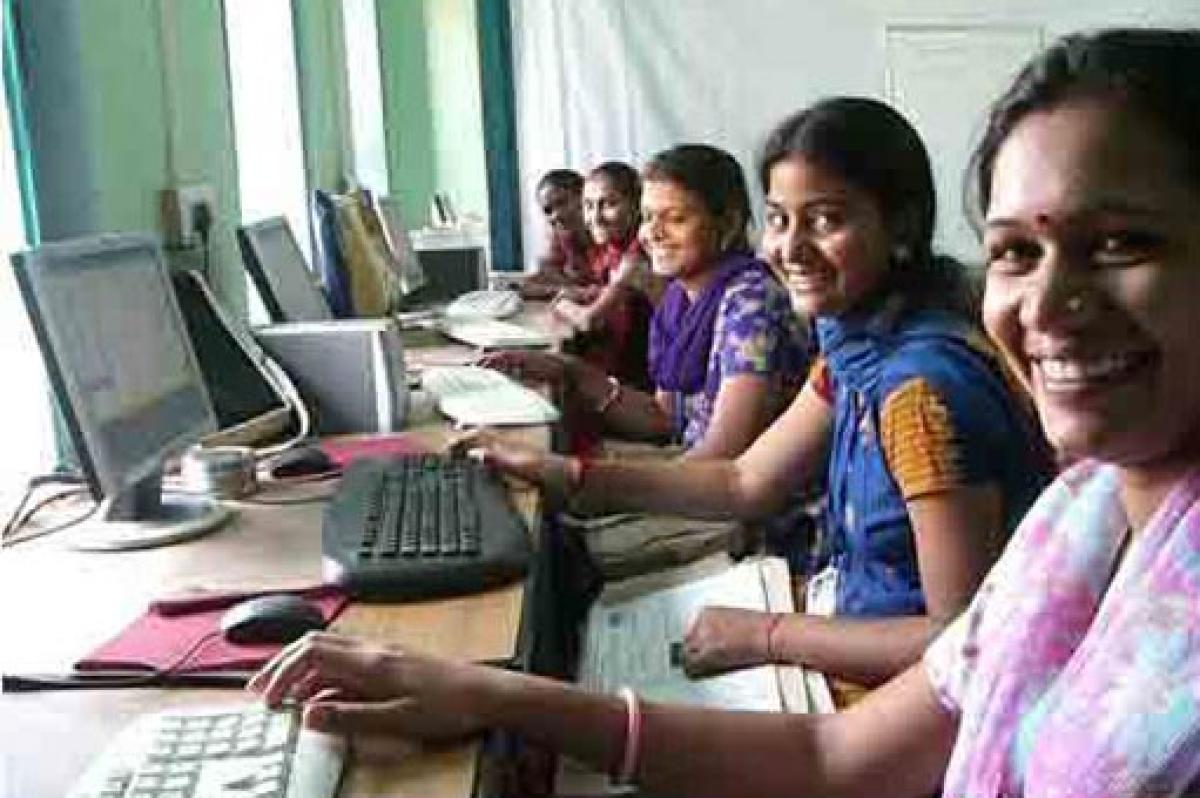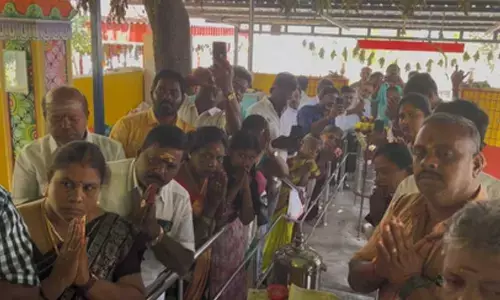How to get India's women working

India is well beyond the point when economists would expect that high numbers of women would begin participating in the labour force. Instead, 25 million women have left the Indian labour force over the past 10 years.
India boasts superior rates of women serving in political office compared to other emerging economies: the nation just swore in its 16th female Chief Minister, Mehbooba Mufti. Yet it lags well behind its competitors in its rate of women’s labour force participation. There is surprisingly little data to answer why. But one reason stands out: women can’t get to work.
India is well beyond the point when economists would expect that high numbers of women would begin participating in the labour force. Instead, 25 million women have left the Indian labour force over the past 10 years.
Today, only 27% of Indian women are in the labour force, the second-lowest rate of female labour-force participation in South Asia after Pakistan. And while that country’s female labour-force participation is rising, India’s is falling.
Limited mobility is one of the key challenges many women confront when they set out to find a job.
And when women do work outside the home, on average, they do not travel as far to work as men. In short: the further from home the opportunity, the less likely women are to access it. Our research at Evidence for Policy Design indicates that India’s women want to participate in the labour force at higher rates. But they are constrained by lack of skills, and by social norms restricting their mobility.
Women who work outside of agriculture are typically engaged in informal, home-based work activities. This is not necessarily reflective of their preferences—it also points at structural factors that keep women from pursuing employment outside the home. National Sample Survey data highlight that disparity, and a pilot survey we conducted of rural youth in Bhopal and Sehore backs it up: 91% of below poverty line, female respondents (aged 18-25) think women should go out of the house to work–yet nearly 70% of these women were unemployed in the previous year.
Using two rounds of the Indian Human Development Survey (IHDS), we found that 79.9% of women reported not being allowed to visit the health centre without permission from their husbands or other family members. In 2012, 33% were not allowed to go alone to seek medical care, a marginal improvement over 2005 (35%).
Nationally, the IHDS survey also shows that 51.7% of women think it is usual in the community for a husband to beat his wife if she leaves the home without telling him. Even when a woman does have the freedom to leave the home, distance is still a pertinent constraint. In a sample of Skill India participants, 62% of unemployed women reported that they were willing to migrate for work, but 70% said they would feel unsafe working away from home.
Projections indicate that most of India’s economic growth in the next 15 years will be generated in urban areas. Women outside of India’s major population centres face exclusion from the coming urban boom.
There are places in the Indian economy where women are well-represented in the labour force, but these tend to be fields where women can work close to home. While only 27% of rural women work outside the home, MGNREGA’s participants were 51% female in 2014. MGNREGA projects are low-skilled work, and thus accessible to women without experience.
As we discussed in our December IndiaSpend feature, many women—especially rural women—express concern that they lack the skills necessary for the jobs they would like to have. The Government of India has recently prioritised drawing huge numbers of India’s youth into the labour force and cities through Skill India and Make in India.
Both programmes often require that women leave their home communities to pursue work placements after training, and there are currently no mechanisms in place to support women migrants once they have been placed.
Women’s education levels are rising, as is women’s financial inclusion. But women’s labour force participation is in decline–and our data shows that women’s mobility may be declining as well. This must be addressed, if India’s women are to have access to the same economic opportunities as their brothers.
(Courtesy: http://www.indiaspend.com; Excerpts from an article. Pande is the Mohammed Kamal professor of public policy and co-director of Evidence for Policy Design (EPoD) at Harvard Kennedy School. Johnson is a Program Associate managing EPoD’s India programs. Dodge is EPoD’s Data Analytics Lead.
By:Rohini Pande, Jennifer Johnson & Eric Dodge














